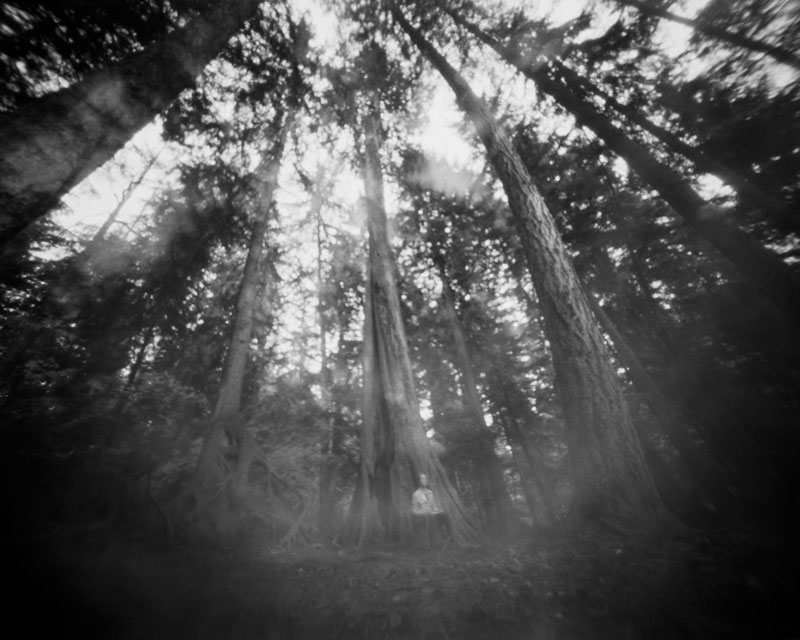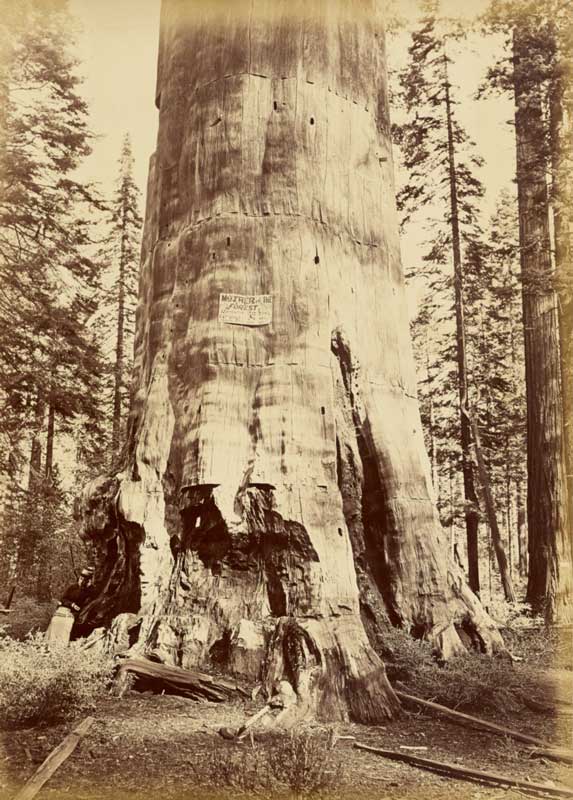C.3 Enchantment, Disenchantment, Reenchantment: Rethinking practices of interconnection in a century of crisis, Part 1
Fri Oct 16 / 9:00 – 10:30
voice_chat expiredchair / Yani Kong, Simon Fraser University
Since Max Weber described the state of the world as disenchanted in 1919, twentieth century critics from the Frankfurt School to the Postmodern philosophers shared the opinion that modern acceleration brings human suffering. Contemporary scholarship (Foster 2015; Berardi 2017; Steryerl 2017) periodizes our current century as one of crisis, evermore evidenced by the ongoing systemic violence against BIPOC; the Covid-19 viral pandemic; Western neo-fascisms; migratory emergencies; and a willful ignorance among governments and corporations of the sure peril of our climate. Our present culture of emergency indicates the long-term effects of disenchantment have intensified. Careful not to position enchanted cosmologies against disenchanted materialisms, this session turns to the fine arts to ask if the world is disenchanted, how may we propel the human out of isolated primacy? Developing a definition of contemporary enchantment that highlights human participation among the cosmos as opposed to an isolated observer (Jane Bennett 2001, 2010; Barad 2007; Puig de la Bellacasa 2015), this session welcomes case-studies of artworks, documentation of completed artworks, and scholarly inquiry that explores practices of care, philosophies of interconnection, entanglement, or subject/object assemblages.
Yani Kong is a PhD Candidate and SSHRC Doctoral Fellow in the School for the Contemporary Arts (SCA) at SFU, with a focus on contemporary art history, theory, and aesthetics. Her current project explores contemporary artworks of emergency and the capacity for encounters with such works to give rise to ethical life. Kong is the Managing Editor of the Comparative Media Arts Journal, the SCA’s open-access journal for early career scholars and artists, a freelance arts writer, and an instructor and teaching assistant in the School for the Contemporary Arts and the School of Communication at SFU.

Elvira Hufschmid, Sensory Drawing Stanley Park, Vancouver, 2017. Pinhole camera photo by L. Marsden, 2017.
C.3.1 Communicating with Plants and Place: Corporeal Empathy in Aesthetic Processes
Elvira Hufschmid, Queen’s University
Despite a dominant Western narrative of economic expediency towards the land and the world in general, a post-human discourse suggests that humans do not merely act on matter, but that humans and nonhumans are agential actors in a world that is continuously coming into existence (Barad 2007, Braidotti 2013). Long before the invention of the term post-humanism, North American indigenous ontologies have addressed human’s thinking within the land and indigenous people’s comprehensive practices and forms of knowledge in reciprocal connection to it (Simpson 2014, Coulthard and Simpson 2016). But how and where does this relationality translate into an artistic practice? My presentation discusses aesthetic practices of artists who engage with the non-human world by presuming and acknowledging its inherent agency and also rendering an intrinsic interrelationship visible. I will introduce my own sensory drawing practice and discuss its potential of visualizing a subject positioning that is based on a reciprocity with the world as a living, self-organized, and intelligent formation, while at the same time locating and reflecting on this subject within a settler colonial context. The presentation includes a documentation of drawings which represent the results of a perceptual process that takes place when visiting chosen sites or communicating with plants. The question arises if an empathetic aesthetic practice expresses a mutual relationship to the world as described by the philosopher Rosi Braidotti, when she talks about the subjects of knowledge – the experiencing self– as being “embedded, embodied and yet flowing in a web of relations with human and non-human others” (Braidotti 2019).
Elvira Hufschmid is a multimedia artist and author in the field of ‘Aesthetic Transformations’ and temporary art spaces. Her research focuses on Aesthetic Transformation processes as an art practice and a methodology for inter – and transdisciplinary collaboration and learning. She has been an affiliated researcher at the Berlin Centre for Advanced Studies in Arts & Sciences (BAS) at the Berlin University of the Arts, Germany, (2017-19) with the SSHRC-funded research project Leaning Out of Windows – Art & Physics Collaborations through Aesthetic Transformations at Emily Carr University of Art and Design, Vancouver, BC, (in her role as a collaborator). Elvira holds an MFA from the San Francisco Art Institute, US, and she taught as a Visiting Artist at Emily Carr University, as well as a Guest Professor for ‘Artistic Transformation Processes’ at the Berlin University of the Arts, Germany. Currently, she is a 2nd PhD candidate in Cultural Studies and a Doctoral Research Fellow at the Agnes Etherington Art Centre, at Queen’s University, Kingston, ON.

Mother of The Forest, 221 feet high, Carelton Watkins, c. 1880, Albumen silver print, 21 x 15 inches.
C.3.2 Enchantment in Place: Big Trees, Reflective Depths and Perceptive Praxis
Martabel Wasserman, Stanford University
In Trees in Paradise, Jared Farmer writes:
“In their dual roles as matter and meaning, trees represent the hybrid world that humans cocreate and coinhabit. A single cultivated plant can be a biological member of an urban or agricultural ecosystem, an ornamental feature of the vernacular landscape, and also a living, situated symbol.”
During the COVID-19 pandemic, I have become drawn to the spectacular(ized) redwoods and state parks of Northern California where I live as a site of meaning making and political theorization. Given that public space is increasingly privatized and access to outdoor recreation is contentious due to the pandemic, what are the implications of wanting to retreat into the woods? In Bird Relics, Grief and Vitalism in Thoreau, Branka Arsić writes in Thoreau’s Walden and Other Writings:
"…sand starts moving like water, and stones vibrate with life; extinct species return, pine trees cry, fish become trees, men grown grass out their brains; men, not gods, walk on water[;]”
She argues changing epistemological frameworks limit our possibilities for understanding these descriptions as literal. In this paper, I will explore how enchantment, defined as perceptual pleasure in which reality can be experienced in ways that challenge neoliberal modes of looking, led me to an academic inquiry into representations of tree and the legacies of displacement and extraction that have shaped what we see. I will anchor my analysis in discussions in Thoreau’s Walden and Other Writings and concurrent representations of redwoods, focusing specifically on The Mother of The Forest; the bark of which was systematically removed and displayed at the Crystal Palace in the 1851 World’s Fair. I will explore how the conservation and environmental destruction mutually constitute each other and the potential of enchanted looking as a research praxis which challenges these paradigms.
Martabel Wasserman is a PhD Student in Art and Art History at Stanford University. She received her BA from Harvard University and MFA from University of California, Irvine. She has an interdisciplinary practice at the intersections of art, activism and academic research. She has written about fierce pussy, the AIDS crisis, the aesthetics of solidarity and feminist art and environmentalism. Curatorial projects include Fire in Her Belly, Hold Up, and Coastal/Border. She has exhibited at Gracie Mansion Gallery, Human Resources and the Museum of Art and History, Santa Cruz (Forthcoming). Her current research focuses on modern and contemporary art with a focus on performance, photography, gender, sexuality and ideas of nature.

Faune Ybarra, Methodology of the Periphery, digital collage, 2020.
C.3.3 The Methodology of the Periphery: Diasporic Subject(ivity) in the Collectivity of Cultural Production
Faune Ybarra, Simon Fraser University
The seeds of a dandelion were blown out by a wishful person or the wind arriving at different places rather unperceived. Suspended in the wind, they are bound to become a new flower which will become seed which will then become... Resembling the processes of dandelion seeds, diasporic groups, the population of a particular geographical region relocated somewhere else, is in a state of constant dispersion, of constant arrival (Papastergiadis, 2008). Along this process of cyclical dispersion, I locate myself. A diasporic artist writing from Vancouver, coming from Newfoundland, but born and raised between Oaxaca and Mexico City. Among diasporas, the ambivalence of home is shared as a trait from which we begin to structure the margins of the hegemonic centre, the shared idiosyncrasies of the places we inhabit.
Where a progressive populist view of the margins would suggest to “center their voice” in order to hear them, I argue for seeing in the periphery itself a vantage point, a space to observe the interrelation of human, non-human, and land. In this essay, I put forward the “methodology of the periphery” a methodology that traces the edges from which diasporic artists create as a way to contextualize and center the dialogical relationship community, non-human, and materials diasporic artists work along with. In acknowledging these margins and places, the reimagination of new understandings of land, time, and our personal relationship with collective memory (Halbwachs, 1950) emerges.
It is my hope that by putting this methodology in practice, diasporic artists can exercise agency over their own subject(ivity) asserting that these relationships are as important as the work itself. To name oneself a “diasporic artist” instead of centering the media or temporality from which one creates is to state awareness of how one’s work might be perceived, is to push against national-state and ethnic affiliation and the assumption that these, on their own, can act as a spine for cultural production.
Faune Ybarra is a diasporic artist originally from Oaxaca and Mexico City, Mexico. Due to the experiences of constantly moving and adapting Faune has conceived of her body as a site of translation from where she attempts to communicate with other people and the non-human. Focusing on questioning the understanding of communication beyond our human constructs of language, Faune works with “portable formats” such as video, sound, performance, and photo-based practices. She holds a BFA in Visual Arts from Memorial University of Newfoundland and she is currently expanding her research/practice on the interrelation of displacement and "diasporic gestures" at Simon Fraser University as part of the MFA cohort in Interdisciplinary Studies. She has developed, performed, exhibited, and spoken about her practice at galleries, artist-run centres, and conferences such as PULP Gallery, ArtStarts, Eastern Edge Gallery, Grenfell Art Gallery, The Rooms Provincial Art Gallery, and SpokenWeb symposium.



